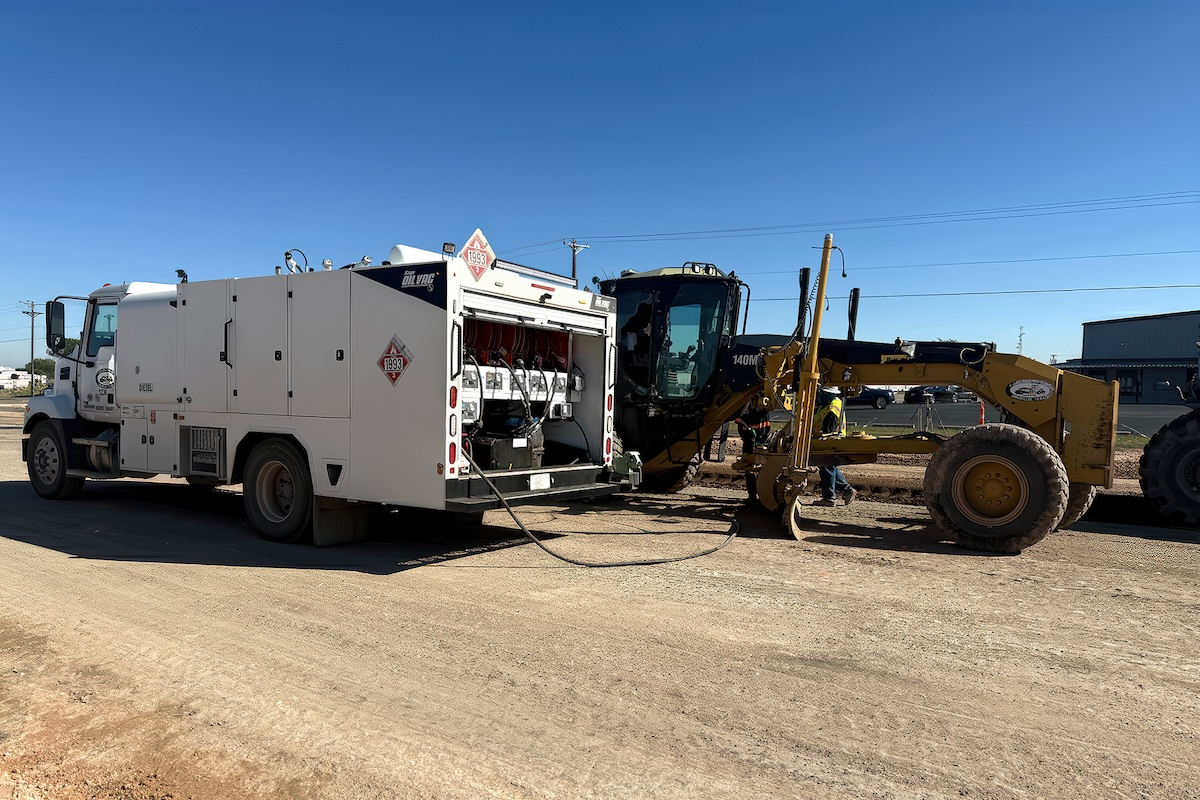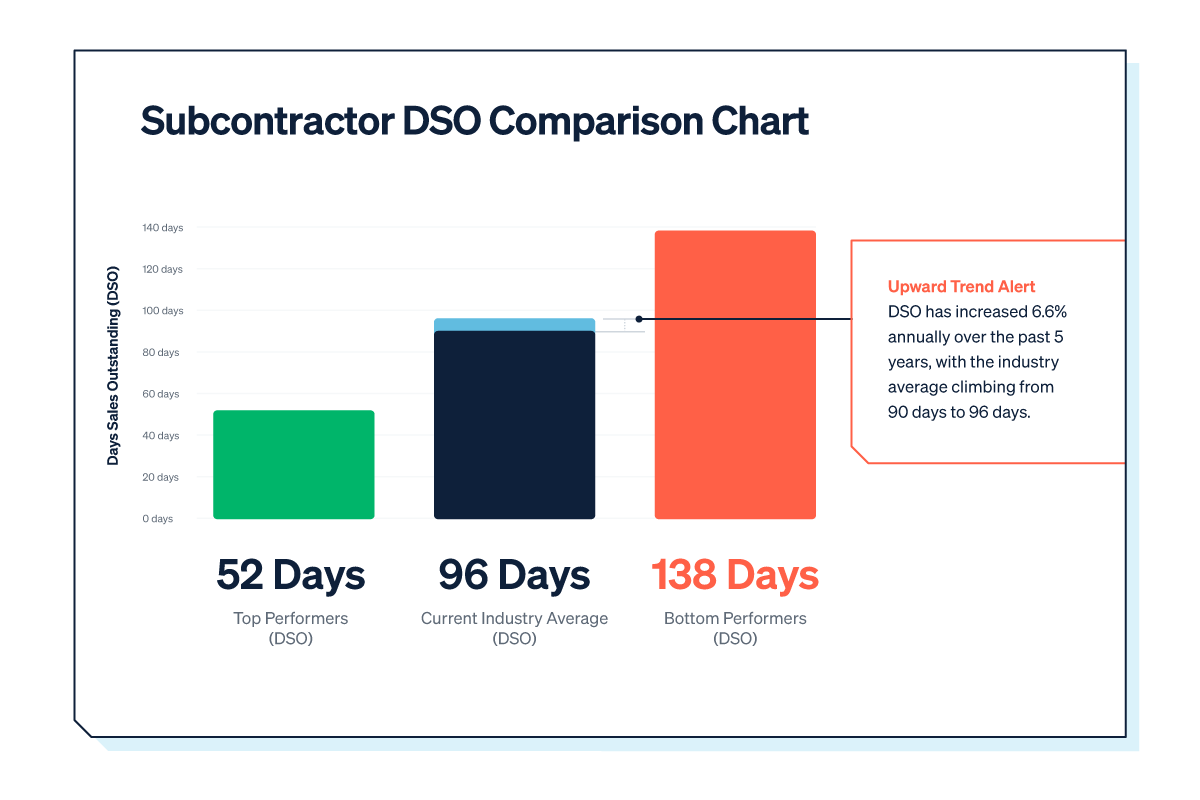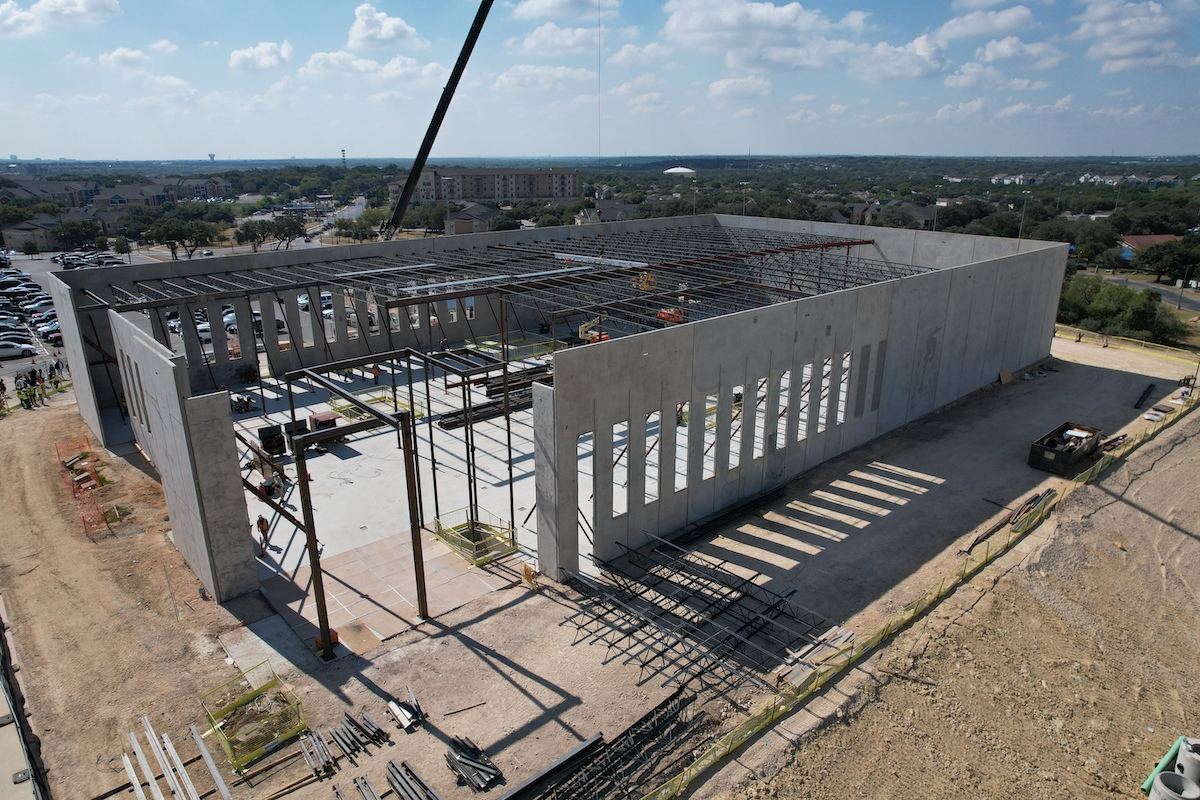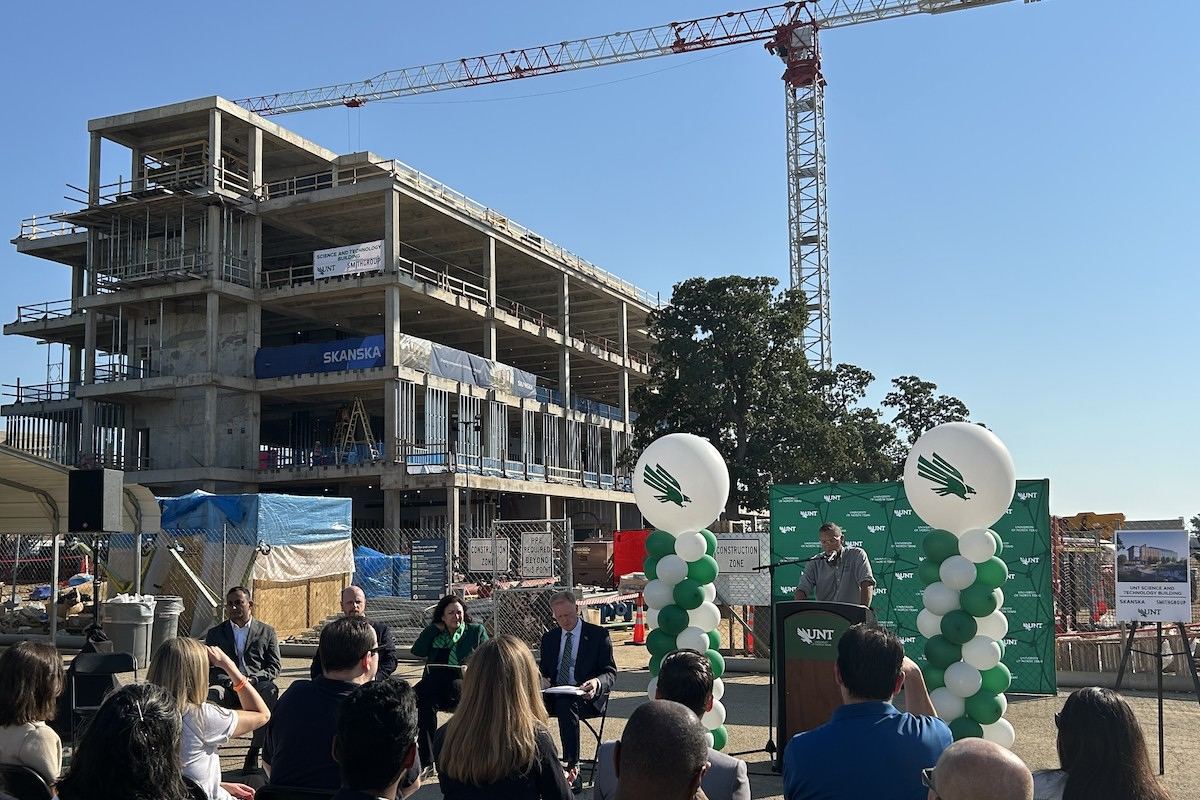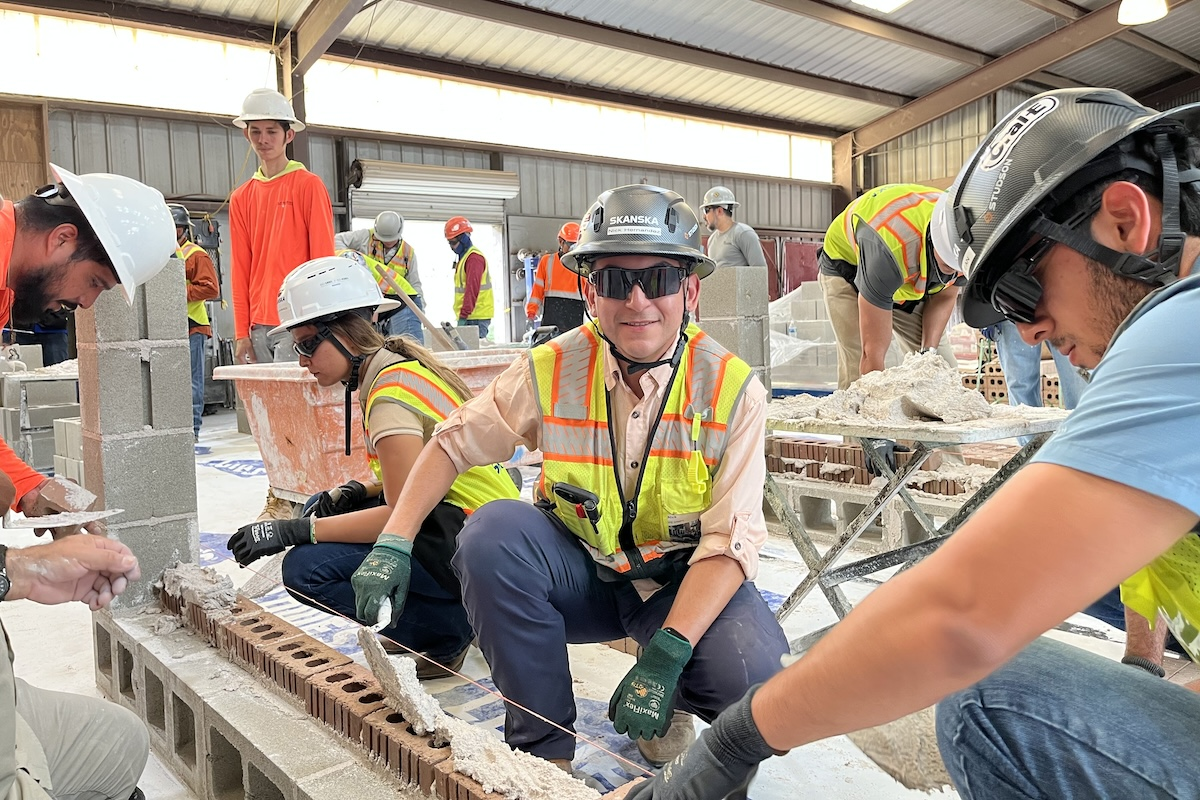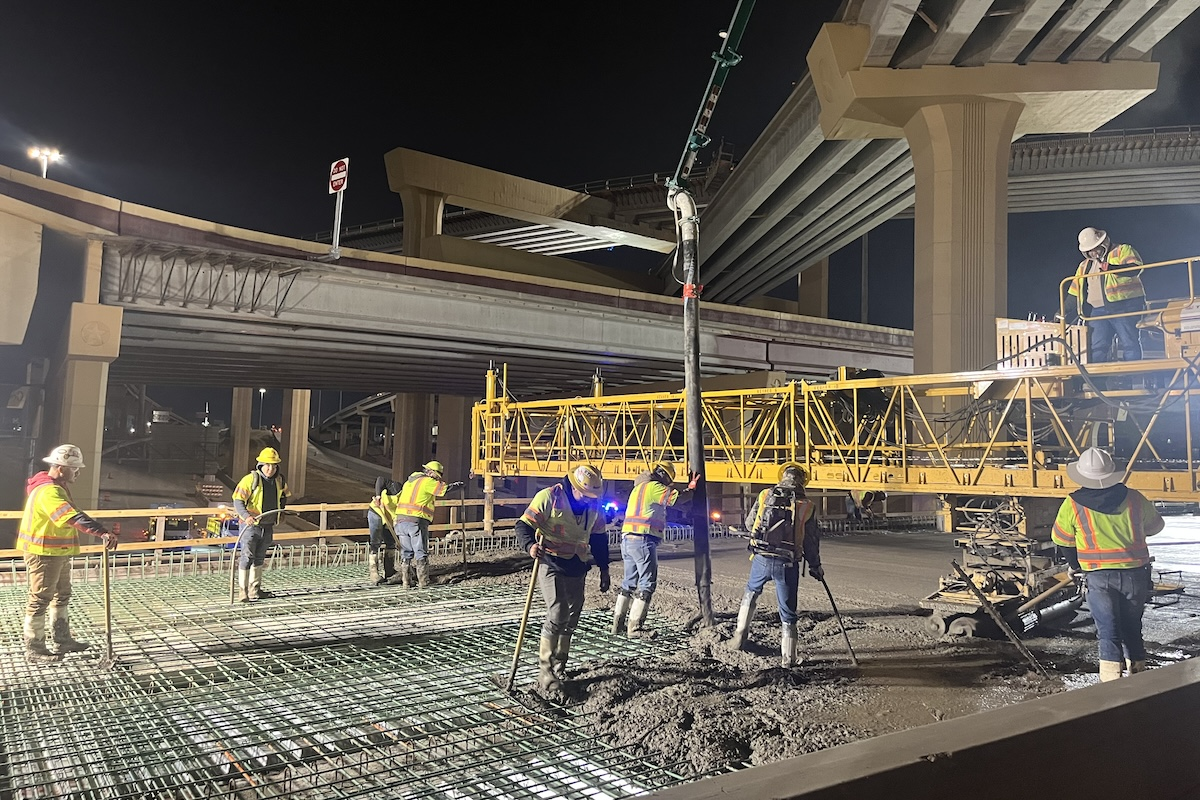We love our contractor clients for many reasons, one of them is that they are natural problem solvers. But sometimes attempting to solve one problem creates others. Recently, a contractor was faced with delays in obtaining permits which, by contract, were the owner’s responsibility. Held stagnant by the owner’s indecision regarding City Codes, the contractor’s project manager leapt into action.
The project manager tried to force owner action by finding alternate locations for sanitary sewer connections, proposing how those lines would run through adjacent property, cataloging easements that would be needed, and generally being helpful. The project manager couldn’t prevent the delay, but he shortened it significantly. But as they say, no good deed goes unpunished.
When the project was completed, the owner sought delay damages from the contractor. The owner’s rationale? He argued that the contractor took over responsibility for getting the permits — or at least for facilitating the process. The project was delayed, so it must be the contractor’s fault.
We successfully countered the owner’s argument and resolved the dispute, but only after depositions revealed no delay by the contractor.
We’re not suggesting that you stop solving problems. We just want to suggest that how you present solutions can be as important as the substance of the solution.

| Your local Yanmar dealer |
|---|
| CLM Equipment Co |
| WPI |
Consider another scenario. You’re building a new section of a six-lane highway for the Texas Department of Transportation (TxDOT) as part of a larger widening project. You are following a detailed phasing plan. You plan to finish each phase so that traffic from the newly completed phase will pass seamlessly to or from the adjacent phase, also newly completed by another contractor.
But then the problem pops up: the other contractor is behind schedule. If you complete the current phase as planned, traffic will run into uncompleted work, requiring new work to reroute traffic to the existing pavement on the adjacent project, adding an additional traffic switch, and delaying your ability to begin your next phase of construction.
The good news is that your superintendent is a phasing whiz. He doesn’t just tell you about the problem — he has ideas for new phasing plans that will allow you to perform some work and will mitigate delays. What a blessing!
This problem-solving spirit is why we love working with contractor clients. Let’s explore how to present possible solutions.

| Your local Sennebogen LLC dealer |
|---|
| WPI |
| ASCO Equipment |
There are at least two possible problems with your superintendent’s solution: TxDOT may not approve and you are not licensed to provide design services. Even if you have registered engineers on staff, you do not want to be left liable for any problems that may arise from the redesign.
We don’t point out these problems to stifle your superintendent’s creativity. We simply want to make sure that the solution doesn’t turn a general project problem into your problem.
So, how do you do this? How do you solve problems without creating additional problems?
It all begins with the approach. First, present the idea as a question to the owner or a superior, and ask them if it’s practical. If your solution seems viable, request review from the design team and see what they think. When you propose this new idea, be clear about how long the change will take to implement and about how much it will cost. The last thing anyone wants is to be saddled with undetermined delays and expenses. Finally, before you move forward, make sure you receive written direction from the owner to move forward with your proposed fix.

| Your local Stewart-Amos dealer |
|---|
| Closner Equipment Co Inc |
To better protect yourself from future problems, you’ll want to ask yourself these questions:
First, is this solution a change? Or is it already part of or implied in your contract?
Second, have the owner and the design team reviewed or approved your solution?
Third, do you have sealed redesign drawings reflecting the change? Do you need them? It is normally a good idea to get sealed redesign drawings. After all, you’re not a designer, and even if you have registered engineers on staff, there is no reason to take on liability for the design when you don’t have to.

| Your local Wirtgen America dealer |
|---|
| Nueces Power Equipment |
| Kirby-Smith Machinery |
The last two steps are especially important in our example. Texas roadbuilders have statutory immunity when complying with TxDOT plans. TCPR §97.002 immunizes contractors from suits for personal injury, property damage, or death “if ... the contractor is in compliance with contract documents material to the condition or defect that was the proximate cause” of the damages. You need these phasing changes to be in “contract documents” or you lose this immunity protection.
Next, can you get a change order to proceed? This change order doesn’t need to determine all added costs and time, but you want to make it clear that you’re following TxDOT’s direction, not acting on your own, and that you’re working in compliance with “contract documents.”
Are costs and work being documented? Who is documenting? It’s important to have clear, written documentation of directions given, costs, changed work, and project delays. Think about it this way: when you’re doing everything right, you want everyone to be able to see everything you’re doing.
Finally, have you notified the owner of the magnitude of the directed change? Make sure the owner is continually aware of the timeline and the costs associated with your project and its changes. Your contract may or may not require such estimates, but the owner has to budget too. And it’s in your interest to have your estimated costs added to their project budget. These updates should be given regularly — we would say at least monthly — so that everyone stays aware of what is going on.

| Your local Astec dealer |
|---|
| Closner Equipment Co Inc |
So, by all means, keep being helpful. Solve problems. You’ll sleep better and get more work. But always remember to solve those problems in the right way. Remember your role for the project. The owner is responsible for deciding changes. You’ll be paid for the changed work if you first get directions in writing and, second, perform in accordance with plans and specs issued (or changed) by licensed designers.
Our client in the delayed permit case above did the right thing. But if the project manager there had communicated by asking questions and seeking direction and/or action, we might have avoided litigation.








